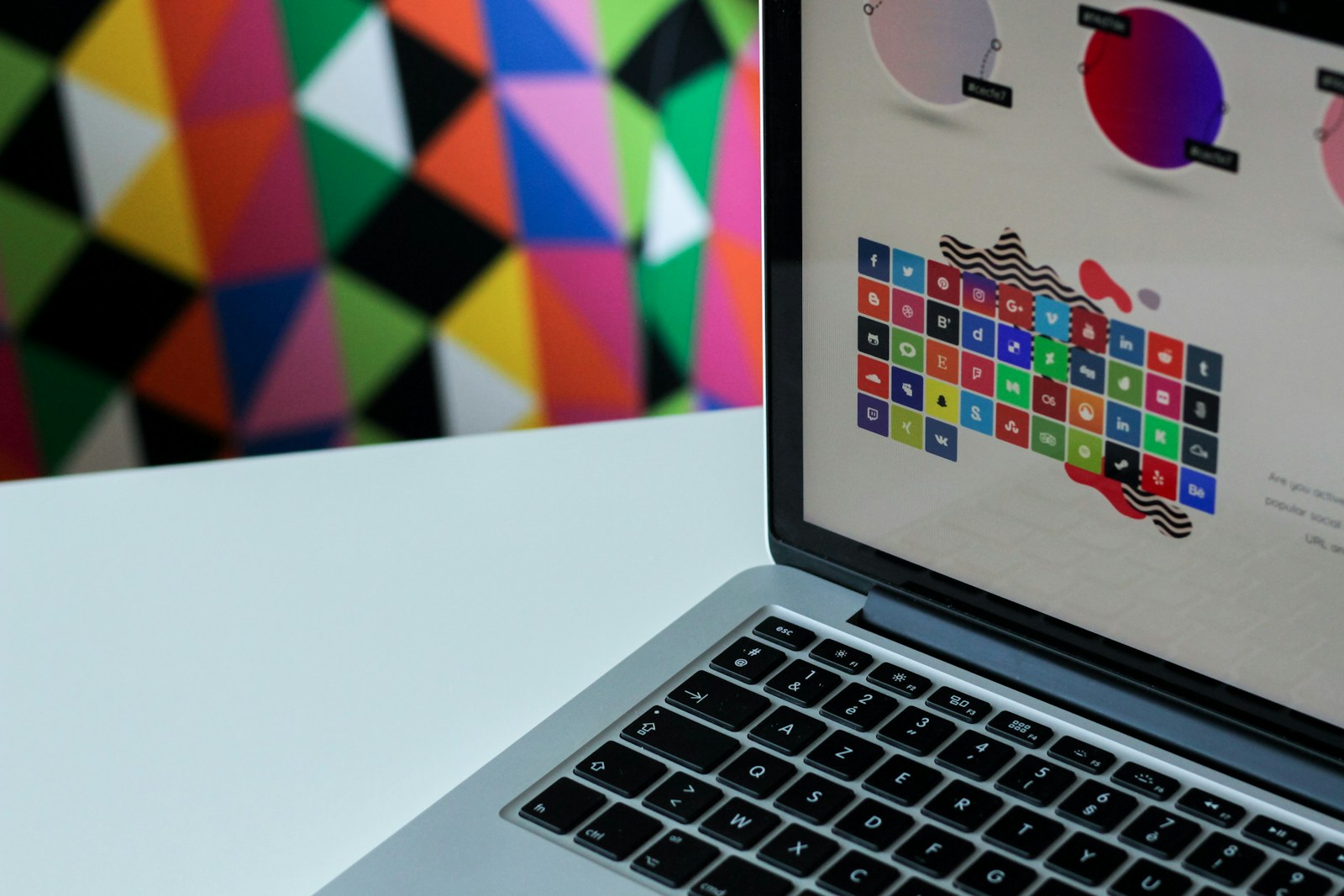Top Tools Every Freelance Designer Should Know in 2024
The world of freelance design is highly competitive, and to stay ahead, mastering the right tools is essential. With constantly evolving technology, new and improved software can help streamline your workflow, boost creativity, and enhance productivity. Whether you’re a graphic designer, UX/UI expert, or web designer, using the right tools can make a significant difference in the quality of your work and your ability to meet client expectations. In 2024, these are the top tools every freelance designer should know.

1. Adobe Creative Cloud
Adobe Creative Cloud remains the gold standard for design software in 2024, offering a comprehensive suite of tools for graphic designers, illustrators, and photographers. With industry-leading programs like Photoshop, Illustrator, InDesign, and After Effects, Creative Cloud allows designers to create everything from stunning visuals to motion graphics. The cloud integration ensures you can work from any device, and the frequent updates keep you at the cutting edge of design trends.
2. Figma
Figma has become an essential tool for UX/UI designers, particularly in the realm of collaborative design. Its cloud-based platform allows for real-time collaboration with clients and team members, making it perfect for freelance projects that require feedback and iterative development. Figma’s intuitive interface and powerful vector design tools enable designers to create wireframes, prototypes, and high-fidelity user interfaces quickly. With its growing library of plugins, Figma continues to be a game-changer for both freelance and in-house designers.
3. Sketch
Sketch is another widely used design tool, particularly favored by web and mobile app designers. Known for its ease of use and focus on digital interface design, Sketch offers powerful vector editing tools, reusable symbols, and easy-to-navigate workflows. While it is more Mac-centric, its integration with plugins and third-party tools makes it a staple for freelance designers who specialize in digital product design.
4. Canva Pro
For freelance designers working with small businesses or on projects that require quick turnarounds, Canva Pro is a powerful tool that balances ease of use with robust design capabilities. Canva’s drag-and-drop interface and extensive template library make it ideal for creating social media graphics, presentations, and even print materials. While it doesn’t offer the full flexibility of tools like Adobe or Figma, Canva Pro is perfect for non-specialist design tasks, allowing you to create high-quality designs quickly.
5. Affinity Designer
Affinity Designer is a cost-effective alternative to Adobe Illustrator, offering vector design tools without the subscription model. It’s ideal for freelance designers looking to create logos, branding, and illustrations on a budget. Affinity Designer’s smooth performance, non-destructive editing, and pixel-perfect precision make it an attractive option for those looking to balance power and affordability. It’s also available across macOS, Windows, and iPad, offering flexibility for designers on the go.
6. Procreate
For freelance illustrators, Procreate is a must-have tool. Exclusively available on the iPad, Procreate is celebrated for its natural drawing experience, offering a wide array of brushes, layers, and effects that mimic real-world artistic techniques. Its intuitive interface allows for rapid sketching and illustration, making it ideal for freelancers who want to create custom artwork, concept designs, or storyboards for clients. The ability to export in high-resolution formats also makes Procreate a professional-grade tool for digital artists.
7. Trello
Project management is critical for freelancers, and Trello provides a visual way to organize tasks and deadlines. As a designer juggling multiple projects, Trello helps you break down your workflow into manageable tasks with its simple, card-based interface. You can create boards for different clients or projects, track progress, and set deadlines. The ability to integrate Trello with other tools, like Google Drive or Slack, makes it easy to stay organized and collaborate with clients or teams.
8. Asana
For freelancers managing larger, more complex projects, Asana is a step up from Trello. It offers a range of project management features such as task assignments, timelines, and custom workflows. Asana allows you to track project progress at a granular level, ensuring that you meet deadlines and client expectations. Whether you’re working alone or collaborating with other freelancers or clients, Asana helps you stay on top of multiple projects at once.
9. Slack
Communication is vital in freelance work, and Slack has become the go-to tool for seamless collaboration with clients, developers, or fellow freelancers. Slack’s intuitive chat interface, along with its ability to integrate with tools like Google Drive, Dropbox, and Asana, makes it easy to share files, provide feedback, and maintain clear communication channels. The ability to create different channels for specific projects or clients ensures that conversations stay organized, which is key to smooth project management.
10. Miro
Miro is a virtual whiteboard tool perfect for brainstorming and collaborating on design concepts with clients or team members. Its easy-to-use interface allows you to create mood boards, mind maps, and wireframes in real time, making it a powerful tool for design ideation. Miro’s integration with tools like Figma and Slack means you can transition seamlessly from ideation to execution, and clients can easily provide feedback or collaborate during the creative process.
11. Notion
Notion combines note-taking, task management, and databases in one flexible tool. For freelance designers, it’s invaluable for organizing project notes, tracking deadlines, storing client feedback, and managing personal to-do lists. You can create templates for repetitive tasks, such as client onboarding or invoicing, which helps streamline your workflow. Notion’s flexibility and customization make it a powerful all-in-one tool for staying organized.
12. Dropbox or Google Drive
Storing and sharing large design files is a common challenge for freelancers, and tools like Dropbox or Google Drive provide reliable cloud storage solutions. Dropbox is known for its seamless syncing across devices, while Google Drive’s integration with Google Workspace makes it easy to collaborate on documents, spreadsheets, and presentations. Both tools allow you to share high-res files with clients and ensure that your work is backed up securely.
13. Dribbble & Behance
For freelance designers looking to showcase their portfolio and attract new clients, platforms like Dribbble and Behance are essential. Dribbble is a community-driven site where designers can share snapshots of their work and get feedback from peers, while Behance offers a more in-depth portfolio platform integrated with Adobe Creative Cloud. Both sites are excellent for networking with other professionals and marketing your design services to potential clients.
Conclusion
In 2024, freelance designers have access to an incredible array of tools that can help enhance their creativity, productivity, and business operations. Mastering these tools allows designers to not only deliver high-quality work but also to stay competitive in a rapidly evolving industry. From advanced design software like Adobe Creative Cloud and Figma to essential project management tools like Trello and Asana, the right set of tools can transform your freelance career and help you build lasting client relationships.
